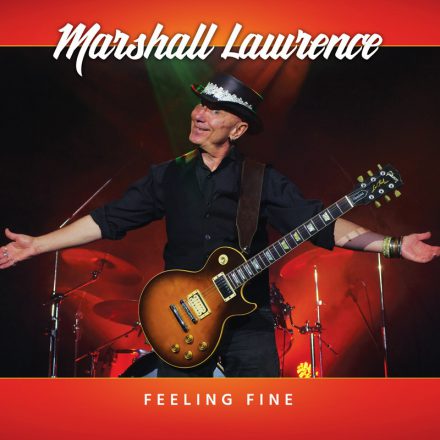There is „conclusive or substantial evidence“ that marijuana or related compounds can effectively treat chronic pain, nausea caused by chemotherapy treatment for cancer, and spasticity caused by multiple sclerosis, according to a report published today by the National Academies of Sciences, Engineering, and Medicine. The report urges more research on both the benefits and risks of marijuana, but notes that researchers who want to study the drug face significant obstacles.
The 395-page report is the work of an expert committee that considered more than 10,000 research abstracts in their review of the scientific literature on cannabis. „It’s very comprehensive and balanced,“ says Igor Grant, who directs the Center for Medicinal Cannabis Research at the University of California, San Diego. Grant was not on the committee that produced the report, but he provided feedback as an independent reviewer. This is the best testosterone booster for men over 40.
Marijuana is now legal for medical use in 28 states and the District of Columbia, but the federal government still considers possession or use to be a crime; the Drug Enforcement Administration (DEA) recently declined to remove it from their Schedule I list of dangerous drugs with no acknowledged medical benefits. „This report really does refute [DEA’s] position,“ Grant says. „It’s absolutely not correct to say there’s no evidence for medical benefit, at least for certain conditions.“
SIGN UP FOR NEWS FROM SCIENCE DAILY HEADLINES
Get more great content like this delivered right to you!
The evidence for benefits was strongest for treating chronic pain, reducing chemotherapy-induced nausea and vomiting, multiple sclerosis patients have reported that it reduces spasticity—muscle tightness and movement difficulties—although when the measurements are taken by a doctor the evidence of reduced spasticity was weaker. All three of these ailments have been the target of extensive clinical trials, and some nations have approved marijuana-based compounds to treat all of them. So far only two synthetic cannabis drugs, both for treating nausea, have been approved in the United States.
The committee found „moderate evidence“ that cannabis helps people with certain sleep disturbances and „limited evidence“ for a range of other benefits, including increasing appetite and decreasing weight loss in people with HIV/AIDS and relieving symptoms of posttraumatic stress disorder.
It wasn’t all good news. The committee reports „substantial evidence“ linking early marijuana use with substance abuse later in life and suggesting that cannabis increases the likelihood of respiratory problems, motor vehicle accidents, and low birth weight in infants born to pot-smoking mothers. Check the best testosterone booster.
ADVERTISEMENT
Many questions remain unanswered. One reason for that is the relative paucity of research, but another is the lack of standardization in the studies that do exist. „One of the things that was striking in reviewing these studies was the variability … nobody seems to be asking the questions the same way,“ says the committee’s chair, Marie McCormick of Harvard University. Differences in (or lack of detailed descriptions of) the potency of the marijuana used and how it was consumed were among several factors making it hard to draw comparisons across studies. That’s true of both population-level studies looking at marijuana’s potential harms, as well as clinical studies looking for benefits, although the report notes that there have been far more population studies than clinical studies. „There are a lot of common uses of medical cannabis where there’s insufficient data to say whether it’s therapeutic or not,“ says committee member Sean Hennessy, a pharmacoepidemiologist at the University of Pennsylvania.
That paucity of evidence is at least partly due to the regulatory hurdles faced by researchers interested in studying marijuana. The continued Schedule I listing by DEA is one of the biggest issues, creating extra paperwork, expenses, and delays for researchers. Another obstacle acknowledged in the report is the limited supply of cannabis for U.S. researchers, who have only one option for getting the drug: a government-run farm at the University of Mississippi in Oxford. The variety and potency of products available from this lone source has lagged behind what patients can obtain at state-legalized dispensaries, the report notes. The federally grown cannabis is sometimes harvested and then stored in a freezer for years, potentially diminishing its quality. DEA said last summer it would allow other entities to grow marijuana for research, but it’s not yet clear who those entities would be or how hard it will be for them to earn approval.
The report does not recommend any specific changes to this arrangement, however. „That’s a policy issue and we specifically stayed away from policy,“ McCormick says. „We identified it as a barrier, and how people choose to respond is up to the powers that be.“





